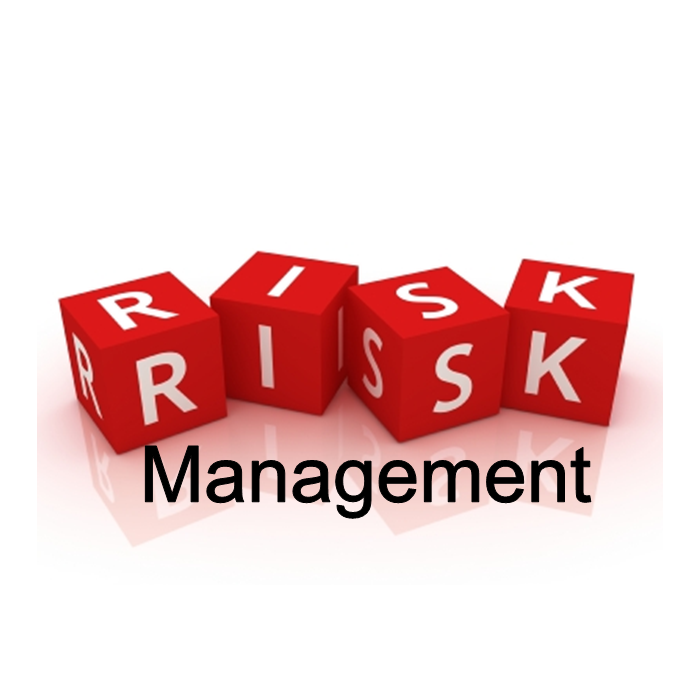In this section of the booksite, we will cover several different ways to analyze, assess, and manage risk. There are many ways to characterize and define risk and we will cover some in this section. We will also agree on what is meant by risk for the purpose of this booksite. However, a fundamental premise for all considerations is that the existence of risk implies that outcomes from actions are not certain.
Why is Risk Important?
The implication of uncertainty implies that it is impossible to guarantee an outcome from inputs. This is what faces manager/leaders on a daily basis. If it were possible to know a priori the outcome of every decision and action then management/leadership would be an easy task. But since the outcome is not knowable it becomes an important aspect of the process.
Collection of Definitions
- a probability or threat of damage, injury, liability, loss, or any other negative occurrence that is caused by external or internal vulnerabilities and that may be avoided through preemptive action.
- the possibility of loss or injury
- someone or something that creates or suggests a hazard
- the chance of loss or the perils to the subject matter of an insurance contract
- the chance that an investment will lose value
- in the workplace the product of the consequence and probability of a hazardous event or phenomenon.
Finance Risk
We will not cover Finance Risk elsewhere but for illustration purposes, we can say that its the probability that an actual return on an investment will be lower than the expected return. Financial risk can be divided into the following categories: basic risk, capital risk, country risk, default risk, delivery risk, economic risk, exchange rate risk, interest rate risk, liquidity risk, operations risk, payment systems risk, political risk, refinancing risk, reinvestment risk, settlement risk, sovereign risk, and underwriting risk.
Securities Risk
We will not specifically cover Securities Risk elsewhere but for illustration purposes, we can say that its the probability of a loss or drop in value. Trading risk can be divided into two general categories:
- Systemic risk affects all securities in the same class and is linked to the overall capital-market system and therefore cannot be eliminated by diversification. This is also referred to as market risk.
- The nonsystemic risk is any risk that isn’t market-related or is not systemic. This is also referred to as nonmarket risk, extra-market risk, or systemic risk.
Risk vs Uncertainty
In 1921 Frank Knight in his seminal work Risk, Uncertainty, and Profit established the distinction between risk and uncertainty that has been widely held. Basically Knightly held that risks are a quantity susceptible to quantification while uncertainties are outcomes that not able to be quantified or estimated.
However, more recently, uncertainties have been used to describe unknown outcomes the probability of which can be estimated. Whereas risks are the subset of those outcomes that could create a negative impact.
Risk Tolerance
One interesting observation is the generic concept of risk tolerance. The risk related terms of attitude, appetite, and tolerance are often used similarly to describe an organization’s or individual’s attitude towards risk-taking. Risk-averse, risk-neutral, and risk-seeking are examples of the terms that maybe used to describe a risk attitude. Risk appetitive looks at how much risk one is willing to accept under the specific circumstances. Risk tolerance looks at acceptable/unacceptable deviations from what is expected.
Risk Computations
In its simplest forms, the risk is the probability of the particular outcome times the value of the particular outcome. Which is the computed risk of the outcome. The expected value of the outcome is the sum of the probabilities times the value of each of the individual outcomes.
Interestingly it becomes more complex if one considers the risk attitude/appetite/tolerance of the decision maker. It’s been argued that the computation of risk should include a weighting based upon the actual decision makers risk attitude/appetite/tolerance.
Summary
Understanding, estimating, assessing, and managing risk are important parts of the management/leadership function. Building useful tools for processing this information will be an important part of the arsenal for the successful leader. For the purposes of this booksite the following definition of risk shall apply:
Business risk is the uncertainty that one or more events may occur that prevent the expected performance from being achieved.
Share this Post

